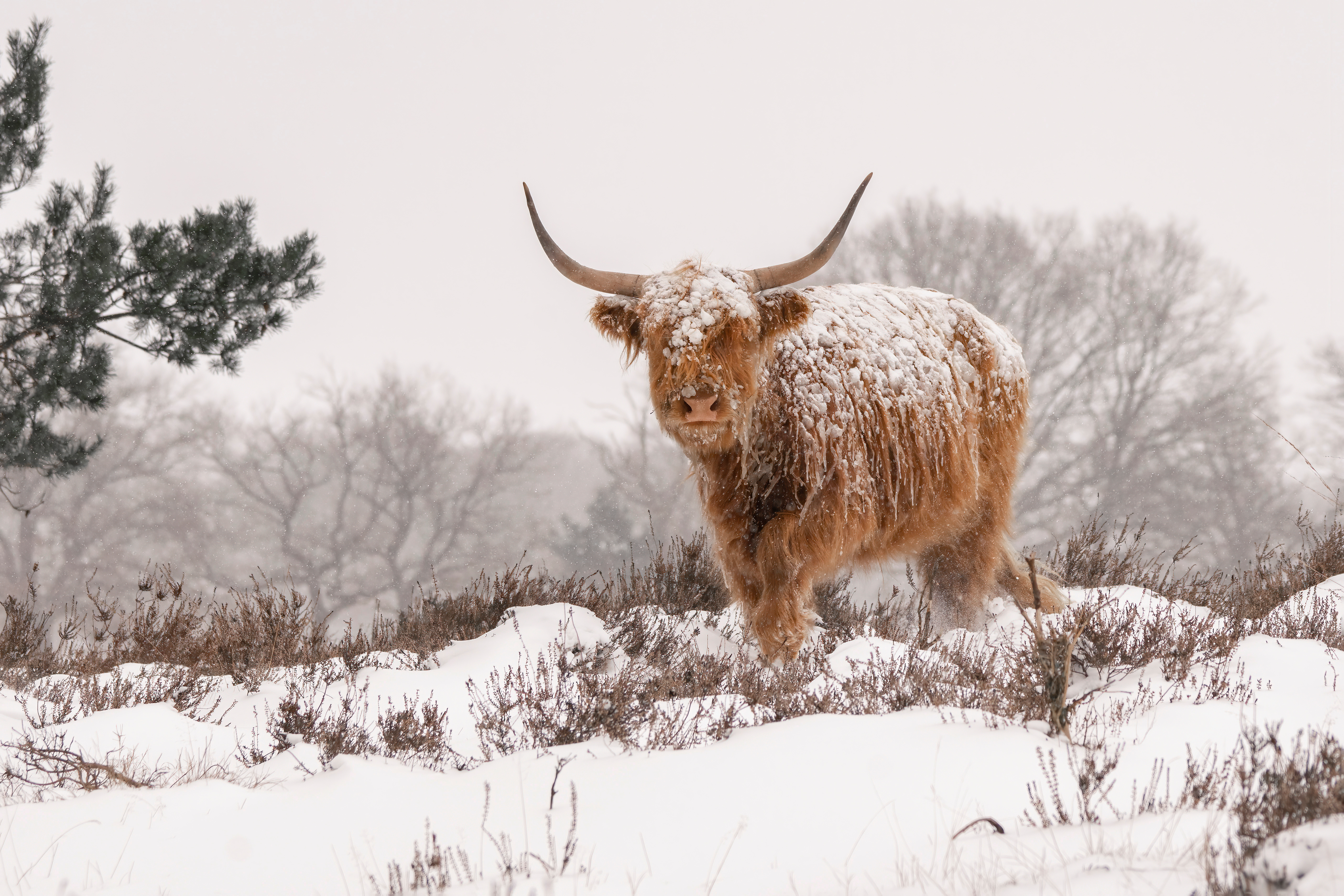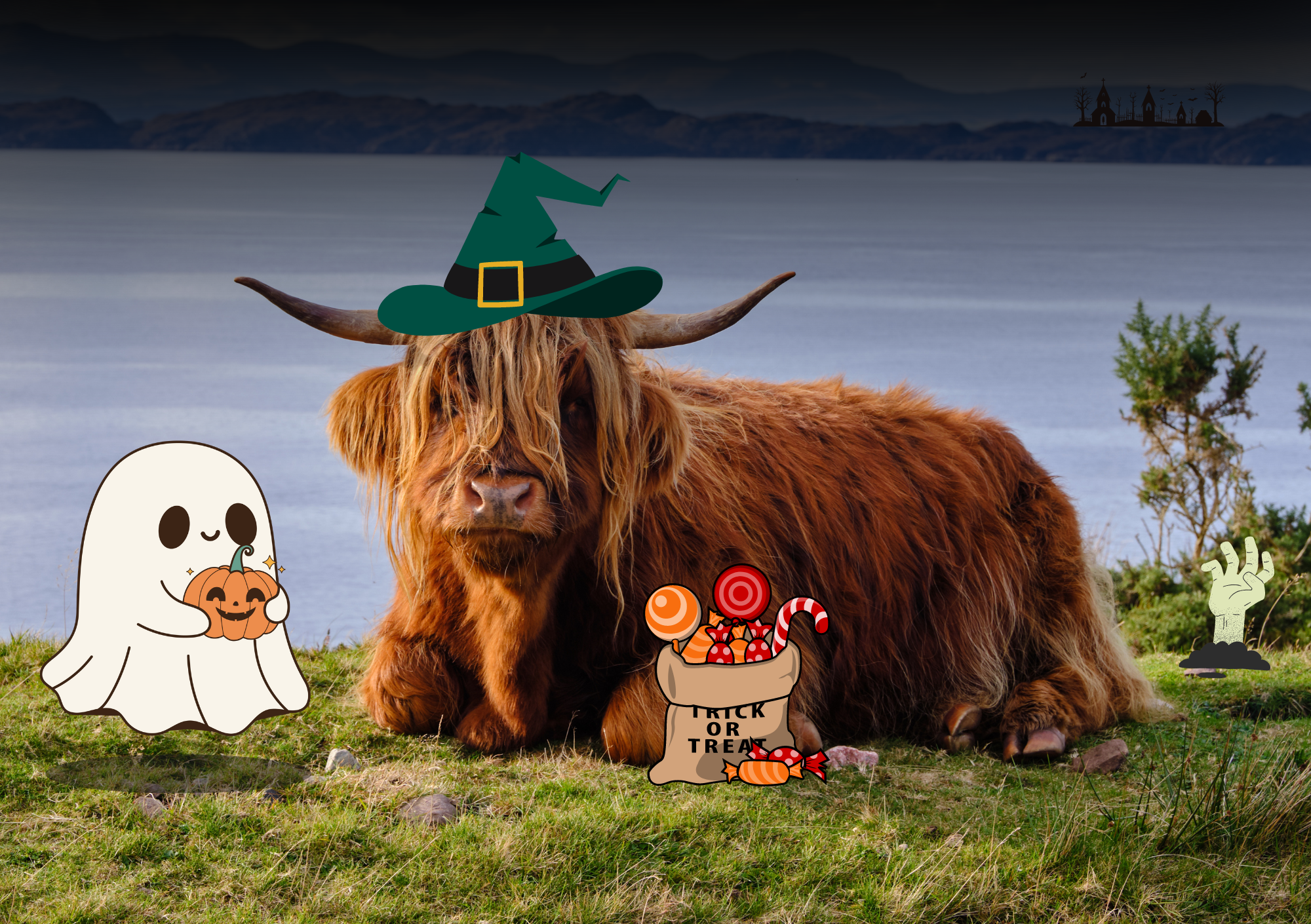Have a browse of our tours, and maybe you'll spot some Scottish Wildlife!
Wildlife in Scotland
This week, as we're beginning to get excited for Spring, I thought I'd write about the wildlife of Scotland. I'm sure most of you believe Scotland to be full of the usual animals, such as sheep, cows and perhaps a wild Haggis (ahem), but with over 90,000 species, Scotland is a hidden gem of outstanding scenery and wildlife!
Here are a few examples:
Bottle-nosed Dolphins
Bottle-nosed dolphins are thought to be one of the most intelligent animals in the world. They are known to help those needing aid, often rescuing people from drowning or sharks. Dolphins can be frequently seen on the east coast of Scotland and also the Isle of Eigg.
Orca Whales
Also known as killer whales, orcas are one of the top predators in the ocean. They feed on fish, porpoises and even seals. They are actually the largest member of the dolphin family, sometimes reaching the same size as four cars! You can catch a glimpse of these magnificent animals in Northern Scotland.
Did you know...?
Orcas can be individually identified by the shape of their dorsal fins. The shape of their greyish-white 'saddle patch' just behind their fin is as unique as a fingerprint!
Puffins
Puffins are commonly found nested on cliffs and islands on Scotland's coasts. Most of the year, puffins are found at sea and only return to land during mating season. Mating pairs produce only one egg, and their offspring are remain on land until they are fully grown and able to go out to sea.
Did you know...?
Puffins are also known as sea parrots due to their colourful bills. This plumage is shed each year and regrows for mating season. Their bills are serrated and very sharp in order to hold fish in place.
Red Deer
The red deer is Scotland's largest deer, and are commonly found in the Scottish Highlands. Our Driver-Guides often are able to catch a glimpse of these beautiful creatures on our Loch Ness tours, the picture to the right was taken by our Driver-Guide, Stephen! Male deer, or stags, have large antlers that increase in size as they get older.
Did you know...?
Male deer shed their antlers to grow new ones every year. The antlers can grow up to one metre in length and can weigh up to 15kg!
Grey Seals
Seals can be found all over Scotland and are a common sight on rocky beaches. I've even discovered seals when canoeing in North Berwick! They can weigh up to 300kg and reach up to 3 metres in length, but if you happen to meet a seal, don't be fooled by its cute appearance, seals bites are very dangerous due to the amount of bacteria in their saliva and wounds caused by bites can quickly become seriously infected.
Did you know...?
Seal pups remain on land until they have moulted their white coats and have trebled their birth weight. They are then able to head in to the sea to hunt for themselves.
Red Squirrel
The Red Squirrel is Scotland's only native squirrel species and until the introduction of the larger grey squirrel, the red was once a common sight across all of Britain. The larger grey squirrel is able to out-compete the smaller red for food and habitat, and carries the squirrel-pox virus, lethal to reds but does not harm greys. It is estimated only 120,000 red squirrels remain in Scotland, one of the few havens left for the rodent, and they are now under protection to stop the decline of numbers in Scotland.
Did you know...?
Red squirrels don't hibernate, instead they store food to help them through difficult times when fresh food is unavailable.




